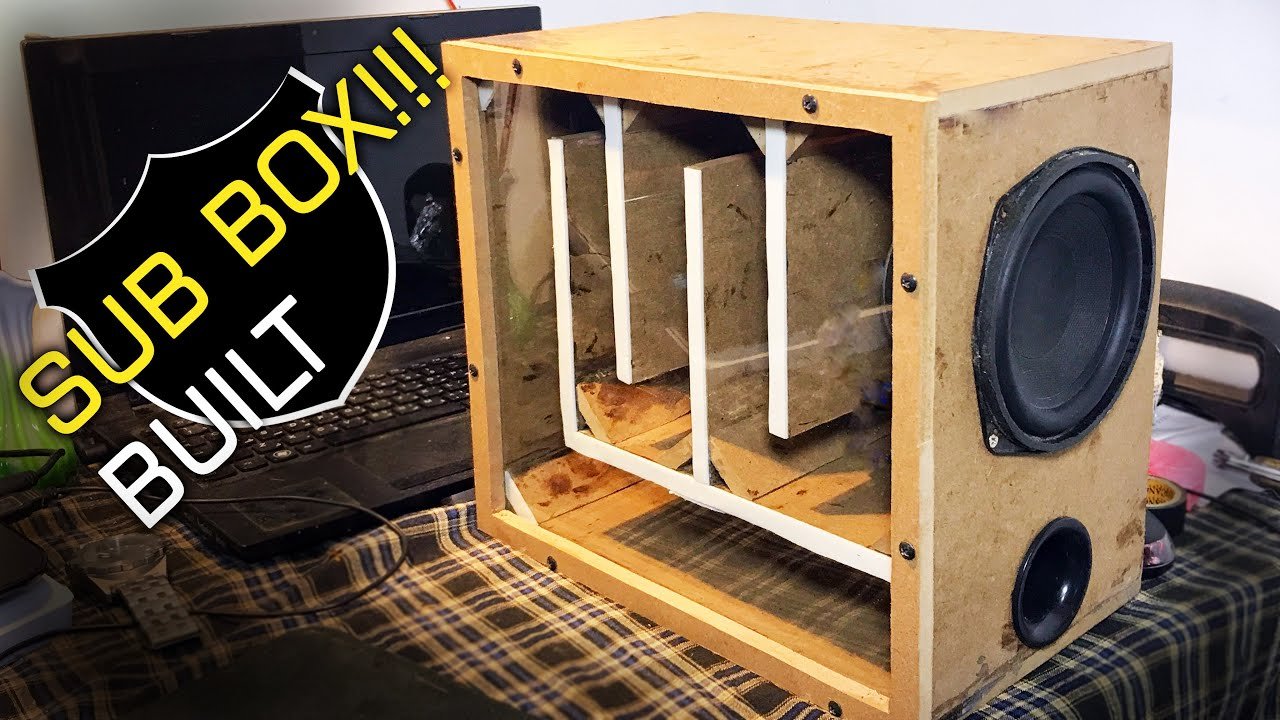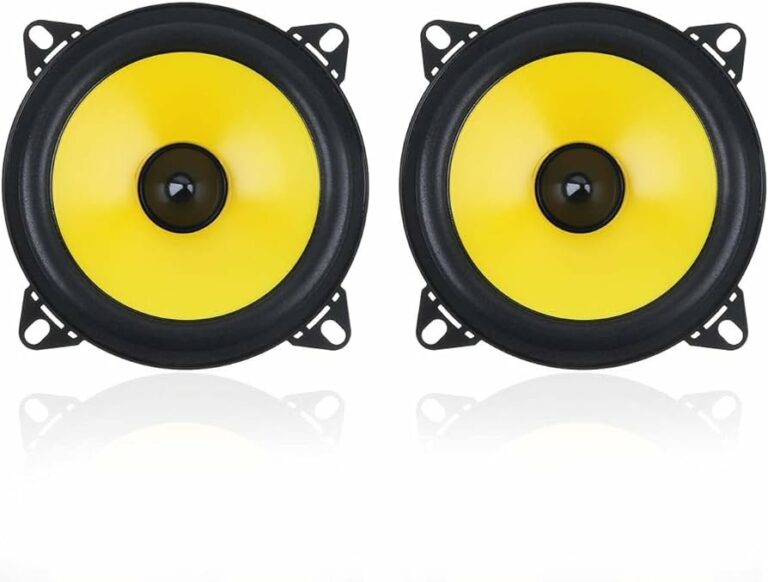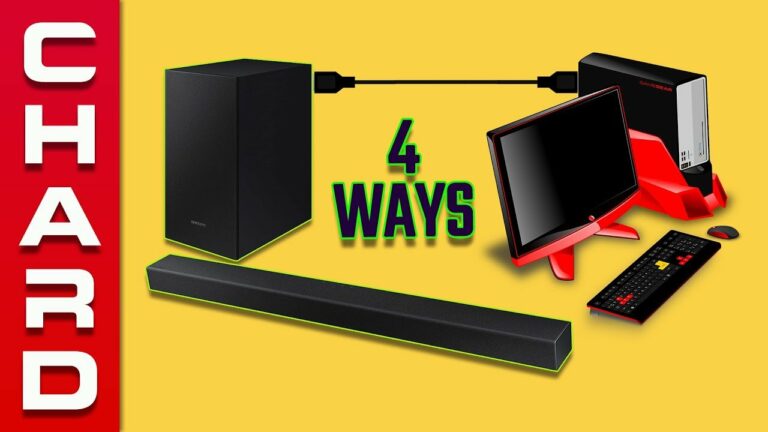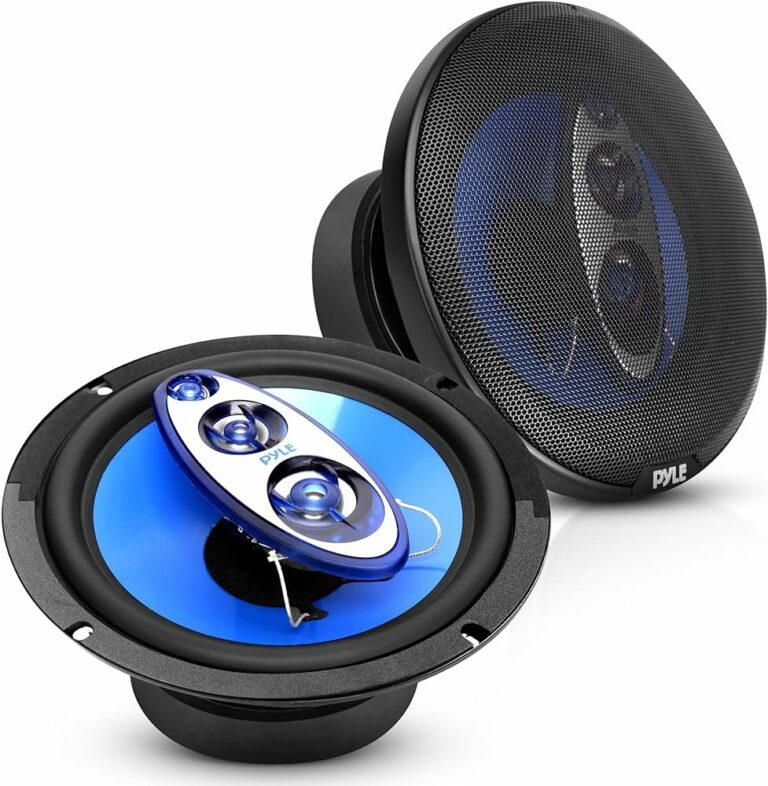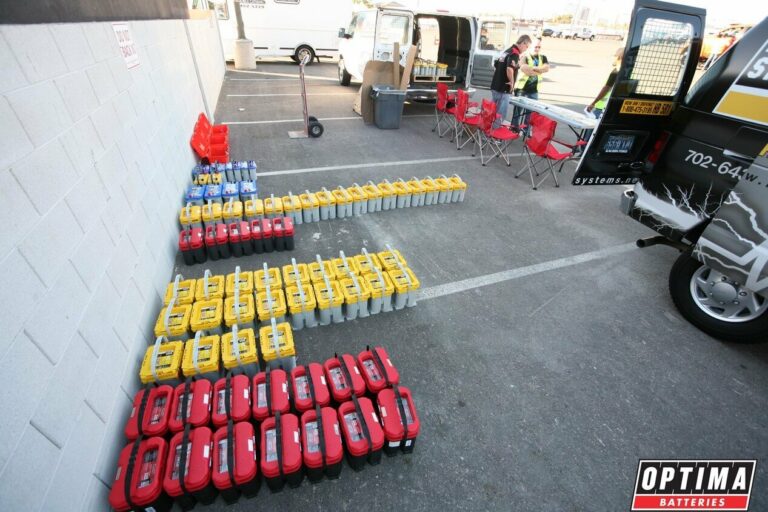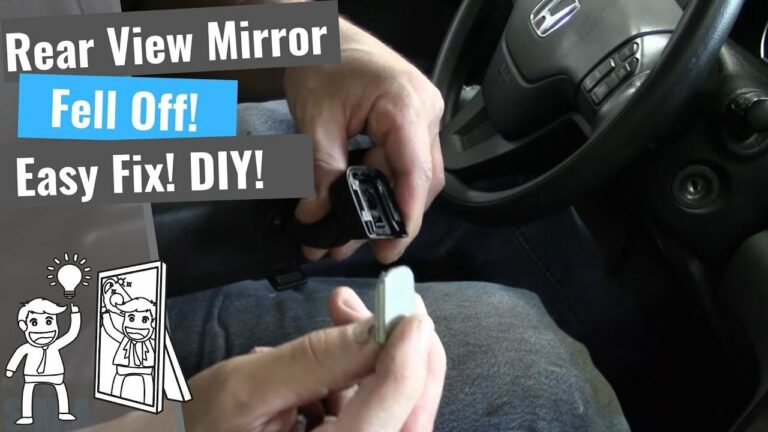How to Build a Subwoofer Box for Deep Bass
Today we discuss How to Build a Subwoofer Box for Deep Bass. Look no further! In this blog post, we’ll show you how to build a subwoofer box for deep bass that will have your music thumping and your neighbors talking.
Whether you’re a DIY enthusiast or just want to enhance the sound quality in your car or home theater system, this step-by-step guide will streamline the process for you. So roll up your sleeves, grab your tools, and let’s get started on building the perfect subwoofer box for deep bass.
How to Build a Subwoofer Box for Deep Bass
Having a subwoofer in your car or home theater system can greatly enhance your audio experience, especially when it comes to deep bass. However, to truly unlock the potential of your subwoofer, you need to construct a well-designed subwoofer box that maximizes its performance. In this guide, we’ll walk you through the steps of building a subwoofer box for deep bass.
Understanding the Importance of Subwoofer Enclosures
When it comes to subwoofers, the role of the enclosure cannot be overstated. A properly designed enclosure not only protects the subwoofer but also allows it to perform at its best. Here’s why subwoofer enclosures matter:
Controlling Air Movement
An enclosure creates a controlled environment for the subwoofer, allowing it to move air efficiently and produce accurate bass. Without an enclosure, the sound waves generated by the subwoofer’s backside would interfere with those produced by the front, resulting in a muddier, less defined bass response.
Enhancing Low-Frequency Output
Enclosures are designed to enhance the low-frequency response of subwoofers. By matching the subwoofer’s characteristics with the appropriate type of enclosure, you can optimize its output for deep bass reproduction. Different enclosure designs, such as sealed, ported, or bandpass boxes, yield different bass responses.
Choosing the Right Enclosure Type
To build a subwoofer box that delivers deep bass, you need to choose the right enclosure type that complements your subwoofer’s specifications. Here are the most common enclosure designs:
Sealed Box Enclosures
Sealed boxes are the simplest and most common type of enclosure. They provide a tight, accurate bass response and are ideal for small to medium-sized subwoofers. Sealed enclosures are easy to build and require minimal tuning, making them a popular choice for beginners.
Ported Box Enclosures
Ported boxes, also known as vented or bass reflex enclosures, enhance low-frequency output by using a port that allows air to flow in and out. The ported design improves efficiency and extends the bass response. Ported enclosures are suitable for larger subwoofers and produce a more boomy and dynamic bass sound.
Bandpass Box Enclosures
Bandpass enclosures offer the highest level of efficiency and are designed to maximize output at specific frequencies. They consist of two chambers: one sealed and one ported. While bandpass enclosures can provide impressive bass output, they are more complex to design and construct.
Measuring and Calculating Enclosure Dimensions
To ensure optimal performance, it’s crucial to calculate the right dimensions for your subwoofer box. Here’s what you need to consider:
Subwoofer Thiele-Small Parameters
The Thiele-Small parameters, provided by the subwoofer manufacturer, include specifications like the resonance frequency (Fs), the compliance (Vas), and the total Q-factor (Qts). These parameters are essential for determining the optimal box volume and design.
Enclosure Volume
The ideal volume for your subwoofer box depends on the type of enclosure and your subwoofer’s parameters. You can use online calculators or software that take into account these parameters to determine the appropriate box volume for deep bass performance.
4. Building and Assembling the Subwoofer Box
Once you have gathered all the necessary information and calculated the enclosure dimensions, it’s time to start building your subwoofer box. Here are the basic steps involved:
Gather the Materials
To build a subwoofer box, you’ll need materials such as medium-density fiberboard (MDF), screws, wood glue, a saw, a drill, and a measuring tape. Ensure you have all the necessary tools and materials before you begin.
Cut the Panels
Measure and mark the MDF panels according to your calculated dimensions. Use a saw to cut the panels accurately. Remember to account for the thickness of the material when determining the final dimensions.
Assemble the Box
Apply wood glue along the edges of the panels and use screws to secure them together. Ensure the box is sturdy and airtight to prevent unwanted vibrations and air leaks. Consider reinforcing the corners with additional braces for added strength.
Install the Subwoofer
Create a cutout on one of the panels to fit the subwoofer. Carefully measure and cut the hole to match the subwoofer’s size. Use screws or mounting brackets to securely attach the subwoofer to the box.
Seal the Box
To minimize air leaks, apply a bead of silicone caulk or a gasket material along the joints and edges of the box. This step ensures that the enclosure is sealed properly, allowing air to move efficiently and preventing any unwanted resonance.
5. Fine-Tuning and Testing
After assembling the subwoofer box, it’s crucial to fine-tune and test its performance. Here’s what you can do to optimize the deep bass output:
Positioning and Placement
Experiment with the subwoofer’s placement in your listening area. Small adjustments in positioning can greatly impact the bass response. Try corner placement or different distances from walls to find the optimal spot for deep bass reproduction.
Crossover and Equalization
Set the crossover frequency and slope appropriately to blend the subwoofer with your main speakers seamlessly. Use an equalizer or room correction software to adjust any peaks or dips in the bass response caused by room acoustics.
Test and Listen
Play a variety of music genres with deep bass and listen carefully to the output. Make note of any irregularities or distortion. Adjust the volume and settings as needed to achieve the desired deep bass performance.
Building a subwoofer box for deep bass requires careful consideration of enclosure type, dimensions, and construction. By understanding the principles behind subwoofer enclosures and following the steps outlined in this guide, you can create a customized box that enhances your subwoofer’s low-frequency performance. Enjoy the immersive and powerful bass experience that only a well-designed subwoofer box can deliver.
Building a Ported Subwoofer Box for DEEP BASS!!! How To Design & Build LOW TUNED Slot Port Enclosure
Frequently Asked Questions
What materials do I need to build a subwoofer box for deep bass?
To build a subwoofer box for deep bass, you will need the following materials:
– MDF (medium-density fiberboard) or plywood
– Measuring tape
– Circular saw or table saw
– Screwdriver
– Wood glue
– Screws or nails
– Terminal cup
– Speaker wire
– Speaker terminals
– Subwoofer driver
– Speaker grill (optional)
– Acoustic stuffing (optional)
How do I determine the optimal size for my subwoofer box?
To determine the optimal size for your subwoofer box, you will need to consider the specifications provided by the speaker manufacturer. These specifications typically include the recommended box volume and whether it should be sealed or ported. Additionally, factors such as the available space in your vehicle or room and your personal preferences for bass response should be taken into account. You can use online calculators or consult with professionals to ensure you achieve the desired bass performance.
What are the different types of subwoofer box designs for deep bass?
There are primarily two types of subwoofer box designs for deep bass: sealed and ported. Sealed enclosures provide tight and accurate bass, while ported enclosures emphasize loudness and lower frequency extension. Other designs include bandpass and transmission line, each with their own unique characteristics. The choice of design depends on your specific requirements and the type of bass response you desire.
How should I assemble the subwoofer box for deep bass?
Begin by cutting the MDF or plywood according to the dimensions specified in your chosen design. Use wood glue and screws or nails to join the panels together, ensuring a sturdy construction. Install the terminal cup on one of the panels for wiring connections. Depending on the design, you may also need to install a port or seal any gaps with silicone caulk. Finally, test the subwoofer box’s integrity before mounting the subwoofer driver and connecting it with speaker wire.
Do I need to apply any additional treatments to my subwoofer box for deep bass?
Applying internal acoustic stuffing can help improve the performance of your subwoofer box for deep bass. Acoustic stuffing reduces standing waves and internal reflections, resulting in smoother and more accurate bass response. However, not all designs require acoustic stuffing, so it’s recommended to consult the specifications provided by the speaker manufacturer or seek professional advice before applying this treatment.
How can I enhance the durability and aesthetics of my subwoofer box?
To enhance the durability of your subwoofer box, ensure that all joints are securely fastened with screws or nails and reinforce critical areas with additional bracing if necessary. Applying a layer of paint or veneer can also improve the aesthetics and protect the box from external elements. Additionally, installing a removable speaker grill can safeguard the subwoofer driver from accidental damage.
Final Thoughts
In conclusion, building a subwoofer box for deep bass requires careful consideration of design, materials, and dimensions. By following the steps outlined in this article, you can create a powerful subwoofer box that enhances the low-frequency performance of your audio system. Remember to select the appropriate box type, calculate the dimensions correctly, and use high-quality materials for optimal results. Building a subwoofer box for deep bass can significantly enhance your audio experience, delivering rich and immersive sound. So, take the time to build a well-designed subwoofer box and enjoy the enhanced bass that it brings to your music or home theater system.
